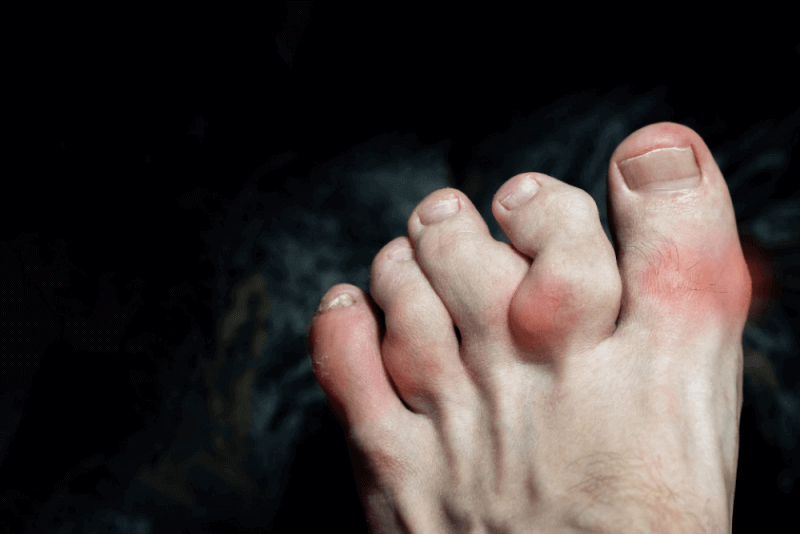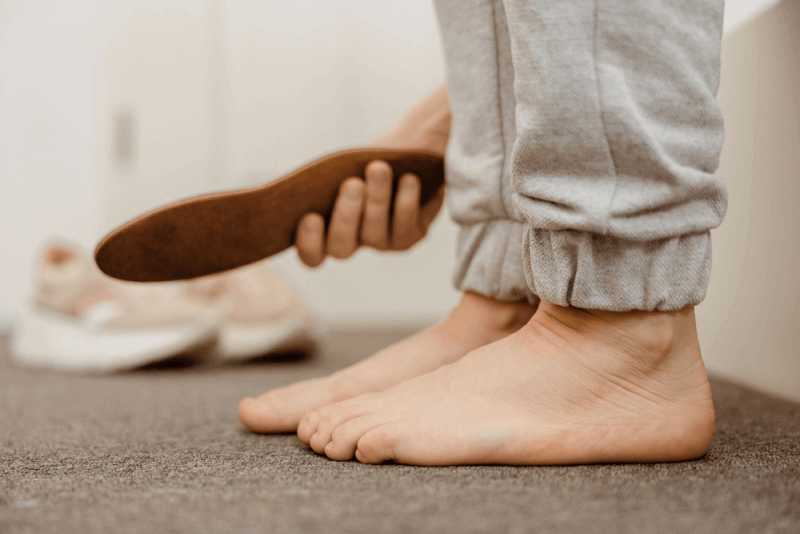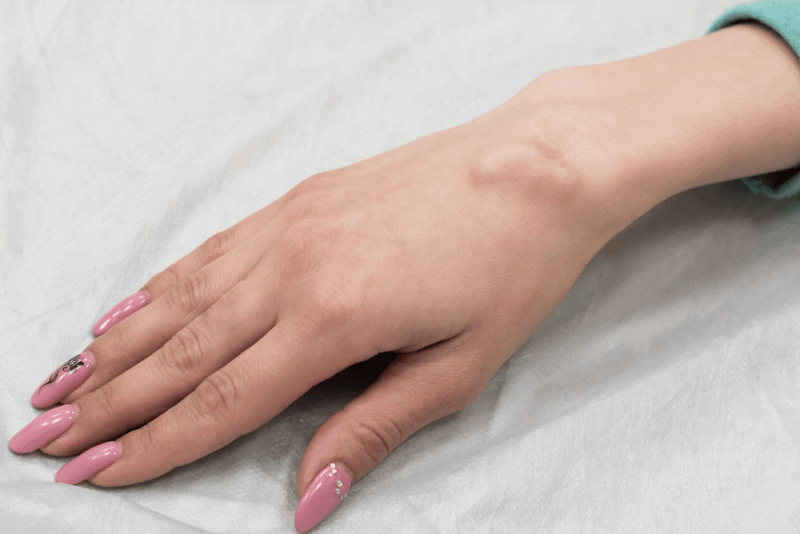What are fractures?
Fractures are very common injuries that affect people of all ages and genders. They are especially common in individuals over the age of 50 and those with a family history of osteoporosis.
Fractures usually result from trauma such as falls, car accidents, or sports injuries. However, some medical conditions and repetitive forces can increase the risk of certain types of fractures.
Surgery may be necessary to repair a broken bone. For some patients, a splint, cast, brace, or sling may suffice for healing. The time required for healing varies depending on the bone involved and the location of the fracture.
Diagnosis of fractures
Fractures are diagnosed through physical examination and imaging tests. In some cases, these procedures are performed in the emergency room after trauma. The severity of fractures will be prioritized, and treatment will be administered accordingly. Tests used for diagnosing bone fractures include:
- X-ray
- Magnetic resonance imaging (MRI)
- Computed tomography (CT) scan
- Bone scan
Causes of fractures
Most fractures are caused by trauma. Any force that is strong enough to impact the bone can cause it to break. The most common causes of fractures include:
- Car accidents
- Falls
- Sports injuries
In some individuals, bones can break without any trauma. Repetitive forces, such as those from running or playing sports, can cause stress fractures. Long-term repetitive motions can also lead to overuse syndromes, increasing the risk of stress fractures. Additionally, individuals with osteoporosis have a higher risk of fractures.
Symptoms of fractures
Symptoms of bone fractures include:
- Pain
- Swelling
- Tenderness
- Inability to move a part of the body normally
- Bruising or discoloration
- Deformity
Treatment of fractures
Fracture treatment is planned based on the type of fracture, the cause, and the extent of bone damage.
Immobilization
If the fracture is mild and the bones are not displaced, it can be treated with a splint or cast. Immobilization typically lasts for 3 to 5 weeks. If a cast is required, the duration ranges from 6 to 8 weeks. Follow-up X-rays are conducted to ensure proper healing of the bones.
Closed reduction
In more severe fractures, closed reduction may be used to realign the bones. This non-surgical procedure physically repositions the body to align the fractured bones. To prevent pain during the procedure, the following measures are taken:
- Local anesthesia to numb the area around the fracture
- Sedatives to relax the entire body
- General anesthesia to ensure sleep during the procedure
After closed reduction, doctors may apply a cast to the area.
Surgery for fractures
In some cases, surgical methods are required for treatment. Depending on the type of fracture and the damage, several techniques may be used.
Internal fixation
This method involves realigning the bones and then securing them together to heal. Typically, an internal fixation procedure is performed, where metal pieces are placed in the bone to keep it stable during healing. The use of the affected part of the body should be limited to ensure complete healing.
Internal fixation techniques include:
- Rods that run through the center of the bone
- Metal plates attached to the bone to hold it together
- Pins and wires to hold very small pieces of bone in place, often used in conjunction with plates or in children
In some patients, these metal pieces are permanent, while in others, follow-up surgeries are needed to remove them.
External fixation
External fixation may be necessary to keep fractured bones aligned. Screws are inserted on both sides of the fracture and connected to a bracket outside the body. This is usually a temporary method to stabilize the fracture and allow for initial healing before internal fixation.
Arthroplasty
In cases of joint fractures, arthroplasty involves replacing the damaged joint with an artificial one. The artificial joint can be made of metal, ceramic, or heavy-duty plastic. The new joint will resemble and function similarly to the natural one.
Bone grafting
Bone grafting is necessary when the fracture is significantly displaced or the bone is not healing properly. Additional bone tissue is placed to bridge the fractured bone, and internal fixation is usually performed to keep the pieces together while the bone heals. Bone grafts can come from several sources:
- Another part of the patient's body, usually the upper part of the hip bone
- A donor
- Synthetic materials
After surgery, the bone is immobilized using a splint, cast, or brace. Physical therapy follows to strengthen the affected area and restore function.
Complications of fracture treatment
Complications of fracture treatment include:
- Pressure buildup in muscles preventing blood flow to the tissue, potentially causing permanent muscle and nerve damage (acute compartment syndrome)
- Malunion
- Nonunion
- Bone infection
- Damage to muscles, nerves, blood vessels, and tendons due to the fracture
Recovery time for bone fractures
The recovery time for fractures depends on several factors:
- The cause of the fracture
- The bone that is fractured
- The type of fracture
- The treatment administered
- Other associated injuries
Depending on the need for immobilization or surgery, one may begin to move again within a few weeks. More serious fractures may take a year or longer to heal completely.
Types of fractures
There are many different types of fractures. The type of fracture is diagnosed based on certain criteria, including:
- The pattern or shape of the fracture
- The cause of the fracture
- The location of the fracture
Fractures by pattern or shape
Some fractures are classified by their shape. The direction or shape of the break is important in classification. Fractures in a single straight line include:
- Oblique fractures
- Transverse fractures
- Longitudinal fractures
Fractures where the bone does not break in a single straight line include:
- Greenstick fractures
- Comminuted fractures
- Segmental fractures
- Spiral fractures
Fractures by cause
Some fractures are classified by their cause. These groups include:
- Stress fractures
- Avulsion fractures
- Impacted fractures
Fractures by location
Many fractures are specific to certain parts of the body. In these cases, location-based fractures may overlap with other types mentioned earlier. Fractures affecting the chest, arms, and upper body include:
- Clavicle fractures
- Shoulder fractures
- Upper arm fractures
- Elbow fractures
- Rib fractures
- Facial fractures
Fractures that affect the hands or wrists include:
- Barton's fractures
- Colles' fractures
- Smith's fractures
- Scaphoid fractures
- Metacarpal fractures
Fractures affecting the lower body and legs include:
- Pelvic fractures
- Acetabular fractures
- Hip fractures
- Femoral fractures
- Patellar fractures
- Growth plate fractures
- Tibial fractures
- Fibular fractures
Fractures affecting the feet or ankles have a high risk of complications such as nonunion, and include:
- Calcaneal stress fractures
- Fifth metatarsal fractures
- Jones fractures
- Lisfranc fractures
- Talus fractures
- Trimalleolar fractures
- Pilon fractures
Closed fractures
In closed fractures, the bone does not pierce the skin and does not cause an open wound. However, closed fractures can still be serious.
Open fractures
In open fractures, the bone pierces the skin. Open fractures are sometimes referred to as compound fractures. They generally take longer to heal and are at higher risk for infections and other complications.
Displaced fractures
In displaced fractures, the pieces of bone move out of alignment, creating a gap around the fracture.
Non-displaced fractures
In non-displaced fractures, the pieces of bone do not move far enough out of place to be out of alignment. Therefore, treatments like immobilization are often preferred over surgery.








